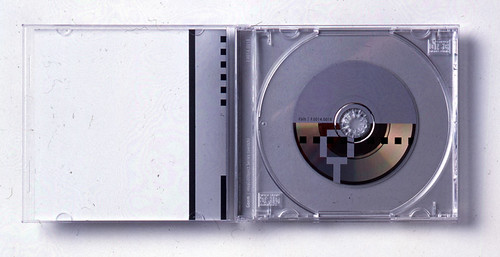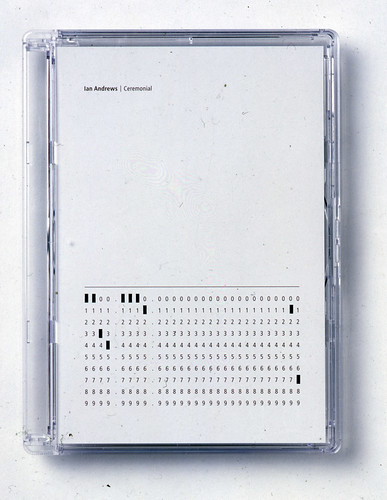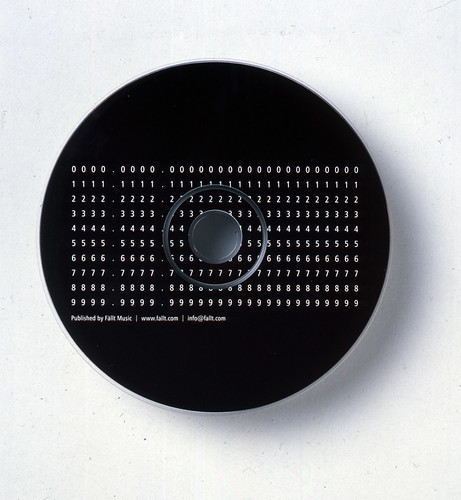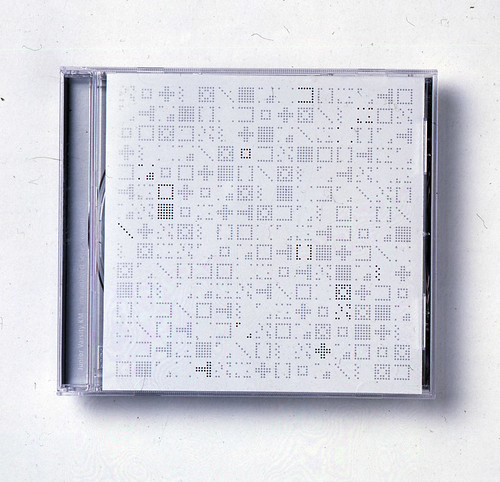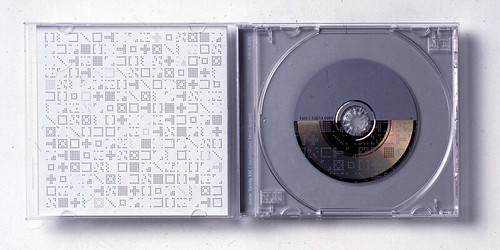Thursday, 10:02am
20 October 2011
Historical digital
historical digital
Design history
Graphic design
Music design
New media
Technology
Visual culture
Adrian Shaughnessey on the rise of laptop aesthetics … from 2003
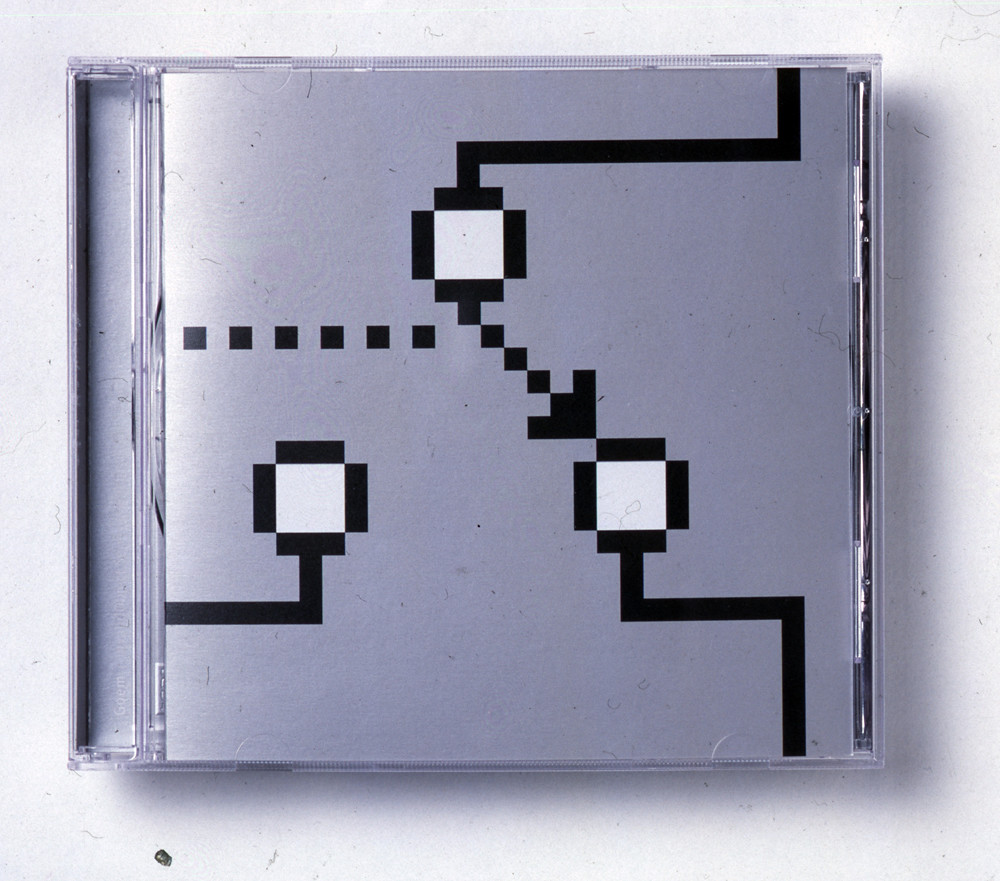
What are the major stylistic trends in current graphic design? wrote Adrian Shaughnessey in Eye 49 (2003).
Are there any aesthetic developments to rival the great leaps of past decades?
Perhaps we will need the sharpened perspective of history to help us decide, but my guess is that when we come to look back at design in the first few years of the new millennium (there will be no shortage of published evidence – books, magazines and websites devoted to chronicling graphic design pour on to the scene daily), we will see that this was the point that graphic design finally lost the momentum that it had acquired during the 1980s and 1990s.
Top and above: Cover and interior (with three-inch CD) for invalidObject Series (Various Artists), 2000. Designed by Chris Murphy and Angela Lorenz for Fallt Music.
For those who envisaged a role for graphic design beyond that of merely commercial problem-solving, this makes gloomy news. Graphic design appears to have settled into a complacent middle age, content to be in the thrall of corporatism, branding, marketing, focus groups and quick-fix makeover culture. Even in its more radical guises, design has become self-admiring and masturbatory – a condition utterly alien to innovation and the forging of new directions.
There is however an isolated bright spot in the gloom. The emergence of a new, second-generation digital aesthetic – a sort of laptop aesthetic – that threatens to supplant the old multi-layered, highly rendered look of most digital design.
Above and below: Front and on-body graphics for Ian Andrew's Ceremonial, 2002. Designed by Chris Murphy and Angela Lorenz.
Within the digital domain, for so long the place for graphic innovation, there are signs that a burgeoning aesthetic maturity has arrived offering an alternative to Toy Story 3D-ness and the rigidity of graphics software. As John Maeda points out: ‘Macintosh-fuelled design tools are explicitly programmed to express a finite set of visual expressive styles, hence implicitly guiding design work performed with these tools along precisely defined stylistic axes.’ In other words, everything looks the same in digital design.
But there is a small school of designers who are actively engaged in challenging the tyranny of software through the considered misuse of technology. Designers who are happy to allow errors to appear in (and inform) their work, things that are normally anathema to the formal graphic designer who hunts down and eradicates mistakes like a Burroughsian bug-hunter (that’s bug as in insect, not computer virus).
Above and below: Cover and interior for Junior Varsity KM invalidObject Series (export), various artists, 2000. Designed by Chris Murphy and Angela Lorenz for Fallt Music.
Two designers who make a virtue of the ‘digital glitch’ are Angela Lorenz in Berlin and Fehler in Northern Ireland (they frequently collaborate on projects). Their work is more refined and understated than the jacked-up, hyper-infantilism of eBoy and other superstar graphistas who use the pixel as their hard currency. Most of their work is for the crackly, glitchy electronic music sector, but in certain manifestations of their work they define a new aesthetic for digital design.
As a closer examination of the work of Angela Lorenz will reveal, this new aesthetic shares a sparseness and auto-generative cyber-like directness with the sounds and creative ethos of various pioneers of laptop-generated music. This aesthetic overlap – the point where design and music meet – is a significant new area for contemporary graphics: you might even call it laptop design.
Laptop aesthetics was originally published in Eye 49 (Autumn 2003).
Eye is the world’s most beautiful and collectable graphic design journal, published quarterly for professional designers, students and anyone interested in critical, informed writing about graphic design and visual culture. It’s available from all good design bookshops and online at the Eye shop. For a taste of the new issue, see Eye before you buy on Issuu. Eye 80, Summer 2011, is out now. Eye 81 is on press.

